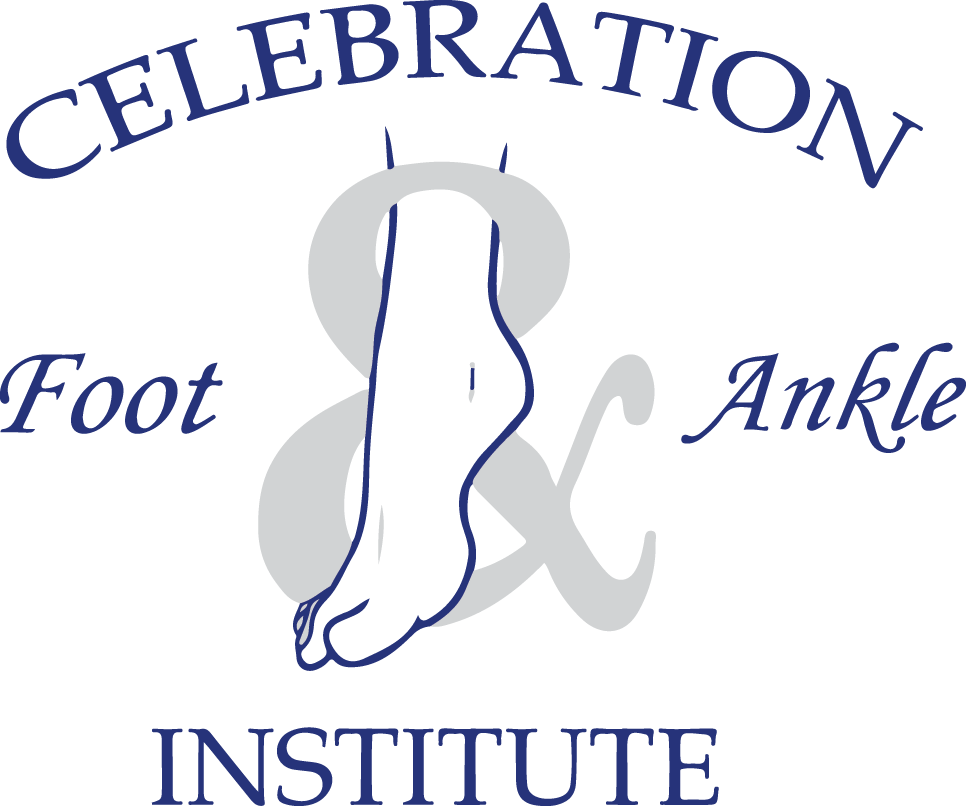
Do you know that every baby is born with flat feet? It’s true! Arches typically form by the age of six. But what happens when they don’t or collapse later in life? This condition is known as flatfoot.
In the United States, 8% of adults have flat feet, and another 4% have fallen arches. But what exactly is flatfoot, and how does it affect your life?
At Celebration Foot & Ankle, our patients get various foot and ankle questions daily. That is why it is our priority to address all concerns and common questions you might have about this prevalent foot condition.
What is a Flatfoot?
Flatfoot, also referred to as pes planus, is a prevalent condition characterized by the flattening of the arches on the inside of the feet under pressure. When individuals with flat feet stand, their feet tend to point outward, and their entire soles make contact with the floor.
Flat feet can develop when the arches fail to form during childhood. Alternatively, it may manifest later in life due to factors such as injury or the cumulative stresses of wear and tear associated with aging.
Typically, flat feet are asymptomatic, causing no pain or discomfort. In the absence of pain, there is generally no need for intervention. However, if flat feet result in pain and impose limitations on daily activities, seeking an evaluation from a specialist is advised.
Types of Flatfoot

Flexible Flatfoot
The most prevalent type of flatfoot is known as the “flexible flatfoot.” In this type, the arches in your feet become visible only when lifted off the ground, and when you place your feet on the ground, your soles make full contact with the ground.
Typically originating in childhood, a flexible flatfoot usually doesn’t induce pain.
Tight Achilles Tendon
The Achilles tendon, linking your heel bone to the calf muscle, plays an important role. You may encounter discomfort while walking or running if it becomes excessively tight. This condition prompts premature lifting of the heel while walking or running.
Posterior Tibial Tendon Dysfunction
Acquired in adulthood, this type of flatfoot results from injury, swelling, or tearing of the tendon connecting your calf muscle to the inner part of your ankle.
Insufficient support for the arch leads to pain on the inside of your foot and ankle and the outside of the ankle. The manifestation of this condition may occur on one or both feet, depending on the underlying cause.
What Causes Flatfoot?
The condition of flat feet is associated with the tissues and bones in your feet and lower legs. It is normal in babies and toddlers, given that the tendons need time to tighten and form an arch. In certain rare cases, children may experience pain due to the fusion of bones in their feet.
Failure to complete tightening during development can lead to flat feet. As you age or encounter injuries, the tendons in one or both feet may sustain damage. Additionally, flat feet can be linked to diseases such as cerebral palsy and muscular dystrophy.
Who is at Risk?
The likelihood of having flat feet increases if the condition is prevalent in your family history. Individuals engaged in high levels of athleticism and physical activity face a heightened risk due to the potential for foot and ankle injuries.
Older individuals, especially those prone to falls or physical injuries, are also at an elevated risk. People with muscle-affecting conditions, such as cerebral palsy, are more susceptible to developing flat feet.
Additional risk factors encompass obesity, hypertension, and diabetes mellitus.
Can You Treat Flatfoot?
 Yes, the treatment approach for flat feet depends on various factors, such as the severity of symptoms and the underlying cause. Here are some common treatment options for flat feet:
Yes, the treatment approach for flat feet depends on various factors, such as the severity of symptoms and the underlying cause. Here are some common treatment options for flat feet:
Foot Support
The initial step in addressing flat feet often involves providing proper foot support. Healthcare providers may recommend using orthotics, inserts designed to be worn inside shoes, to provide essential support.
Special shoes or heel cups may be prescribed for children until their feet fully develop.
Lifestyle Modifications
Implementing changes in your daily routine can be instrumental in alleviating the pain associated with flat feet. Healthcare providers may suggest a well-balanced diet and a tailored exercise program to manage weight, thereby reducing pressure on the feet. Additionally, recommendations may include avoiding prolonged periods of standing or walking.
Medication
In cases where pain and inflammation persist, healthcare providers may prescribe medications to alleviate discomfort. Nonsteroidal anti-inflammatory drugs can effectively reduce swelling and pain associated with flat feet.
Foot Surgery
Surgery is typically considered a last resort for more severe cases of flat feet. Orthopedic surgeons may perform procedures to create an arch in the feet, repair damaged tendons, or fuse bones or joints. Surgical lengthening may alleviate pain in instances of a shortened Achilles tendon.
Next Steps: See an Orthopedic Foot Doctor
If you’re experiencing any symptoms or have concerns about your foot structure, don’t hesitate to contact us at Celebration Foot & Ankle Institute. Our experts are dedicated to providing personalized care and ensuring you put your best foot forward. Schedule an appointment today and take the first step towards healthier, pain-free feet.


